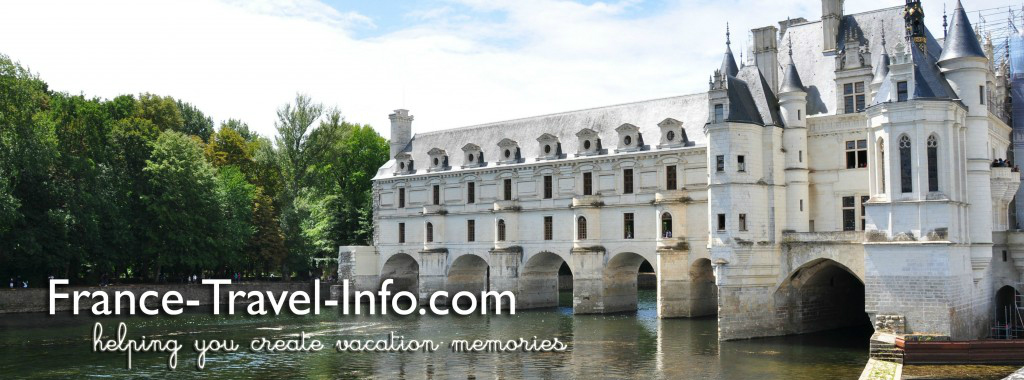Chauvigny – the Best Made Plans Sometimes Go Awry

Looking up to the Haute Ville of Chauvigny
While the lower day modern town was bustling, high up on this crest, everything was quiet. The roads are medieval and narrow. We saw just one car as we wandered the streets and it disappeared behind the wall of a house. How fortunate to live here in the medieval part of the town! The views are amazing, but the downside of living here would definitely be the numerous tourists in high-season.


Walking toward the Baronnial Château
At one time, Chauvigny had 5 fortified castles: Château des Evêques, Tour de Flins, Donjon de Gouzon and Château de Montléon.
Baronnial Château of Chauvigny
The Château des Evêques or Baronnial Château immediately captured our attention as we entered the town. It dates from the 11th century and was built by/for the Bishop of Poitiers. Fortunately there was a park alongside the River Vienne at the base of the road leading up the hill so we were able to enjoy this amazing view!

Château des Evêques
The parking area for the medieval part of town was literally at the highest point so it was downhill all the way to the Baronnial Château.

Baronnial Château

Views of the lower town from the Baronnial Château



Donjon of Chauvigny
On our walk to the Baronnial Château we passed a small square that in itself was a thing of beauty. It is the Place du Donjon. Two bronze statues of two seated young women greeted us at the steps to the Donjon (dungeon) de Gouzon entrance. After a bit of searching, I discovered that these scultpures are the creation of François Peyrat. The Donjon is a remnant of the Gouzon Château.

Steps to the Donjon

The best views of the Donjon were as we were walking back from the church.

The Donjon is the tall building on the left.

Donjon de Goujon
We found several inviting looking cafés on this same route, none of them open during the weekday this time of the year.

La Bigorne was an inviting looking place here on the Place du Donjon.

Every building is tightly compressed here on the promontory so it was difficult to get a full picture of the Château d’Harcourt. This château was built towards the end of the 12th and beginning of the 13th century. We waited patiently for the door to open but gave up at mid-day.

Collegieal Eglise de St-Pierre de Chauvigny
Even the church, the Collegiale Eglise de St-Pierre, felt hidden from view. By keeping our eye on the spire, we finally found it! We had literally walked behind it upon our arrival! The street was so closed in that we didn’t realize we were walking adjacent to the church.

Collegiale Eglise de St-Pierre
Honestly, at this point, I had forgotten that this church was often included with the other Valley of the Frescoes churches. This 12th century church was lovely inside and the styles of the frescoes outlining the arches and vaults reminded me much of the St-Savin Abbey in the Valley of the Frescoes we had visited several days before.

Eglise St-Pierre












Five châteaux but two are missing!
According to one French website, the remnants of a wall of the Château de Montélon can be found on rue Saint Pierre. We did not find it and there was no one around to ask as the Tourist Information Office was not open. The Tour de Flins is all that remains of the Château de Flins and we were unsuccessful in finding it as well.
————–
A bit of trivia – if you surmise that the city of Limoges is the birthplace of porcelain, you would be incorrect! The birthplace of porcelain claim to fame goes to Chauvigny.



The Tour de Flins is on Rue St. Pierre and is completely in tact. The reason that you did not see it is because it is privately owned and not marked. I own it.
Thanks for commenting to let us know about the Tour de Flins! It’s good to know as we had planned to return during tourist season to enjoy the area a bit more and would’ve again searched for it. I must admit, I’m a bit jealous you have the privilege to own it. What a treasure.